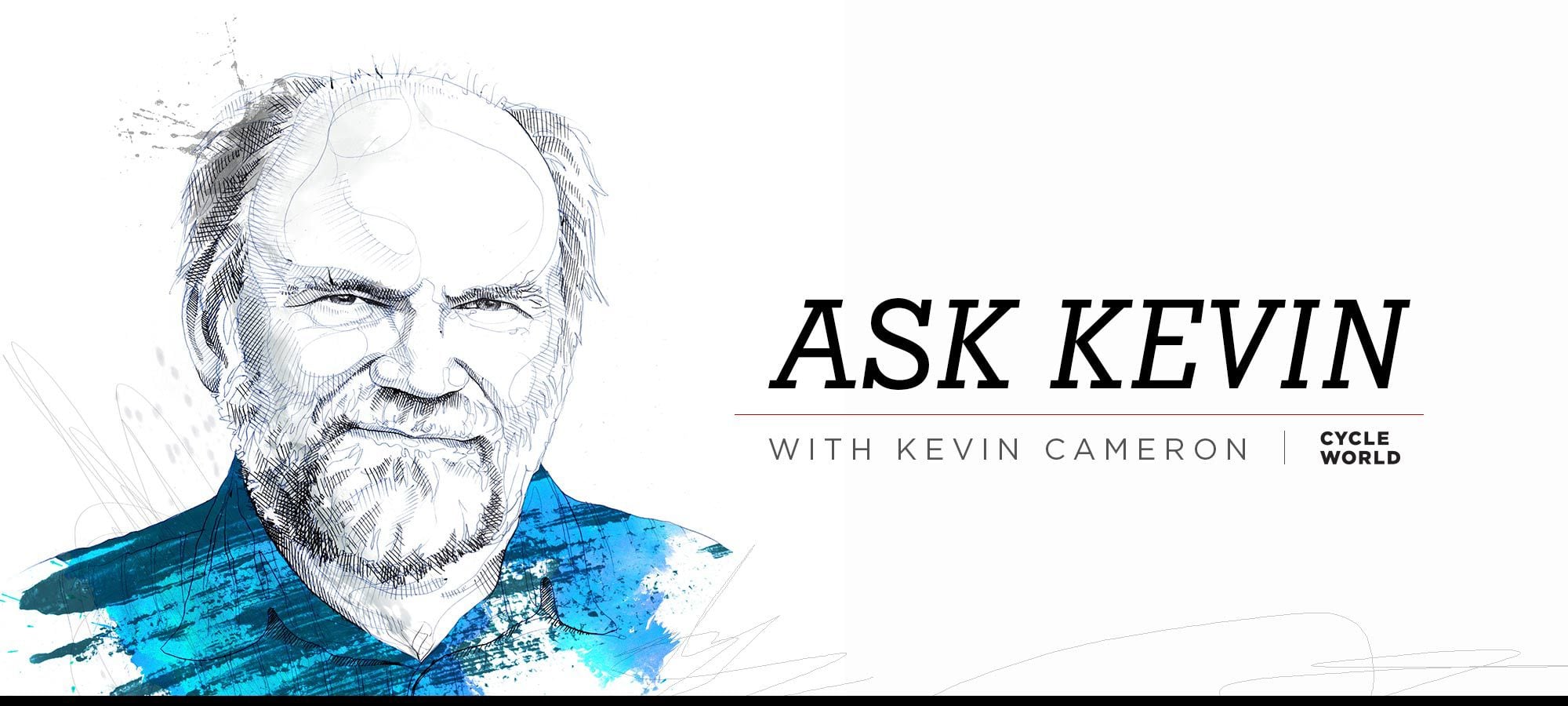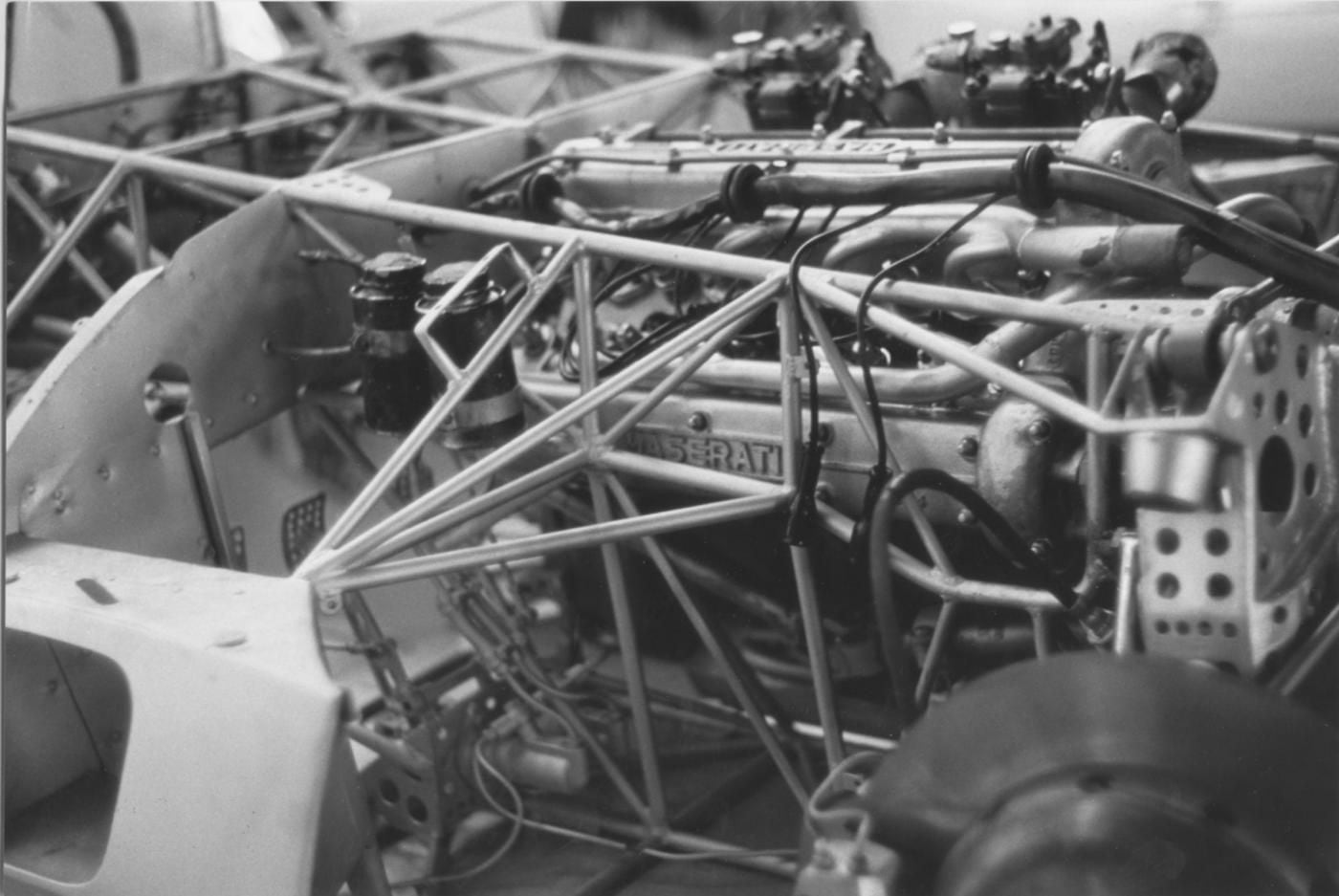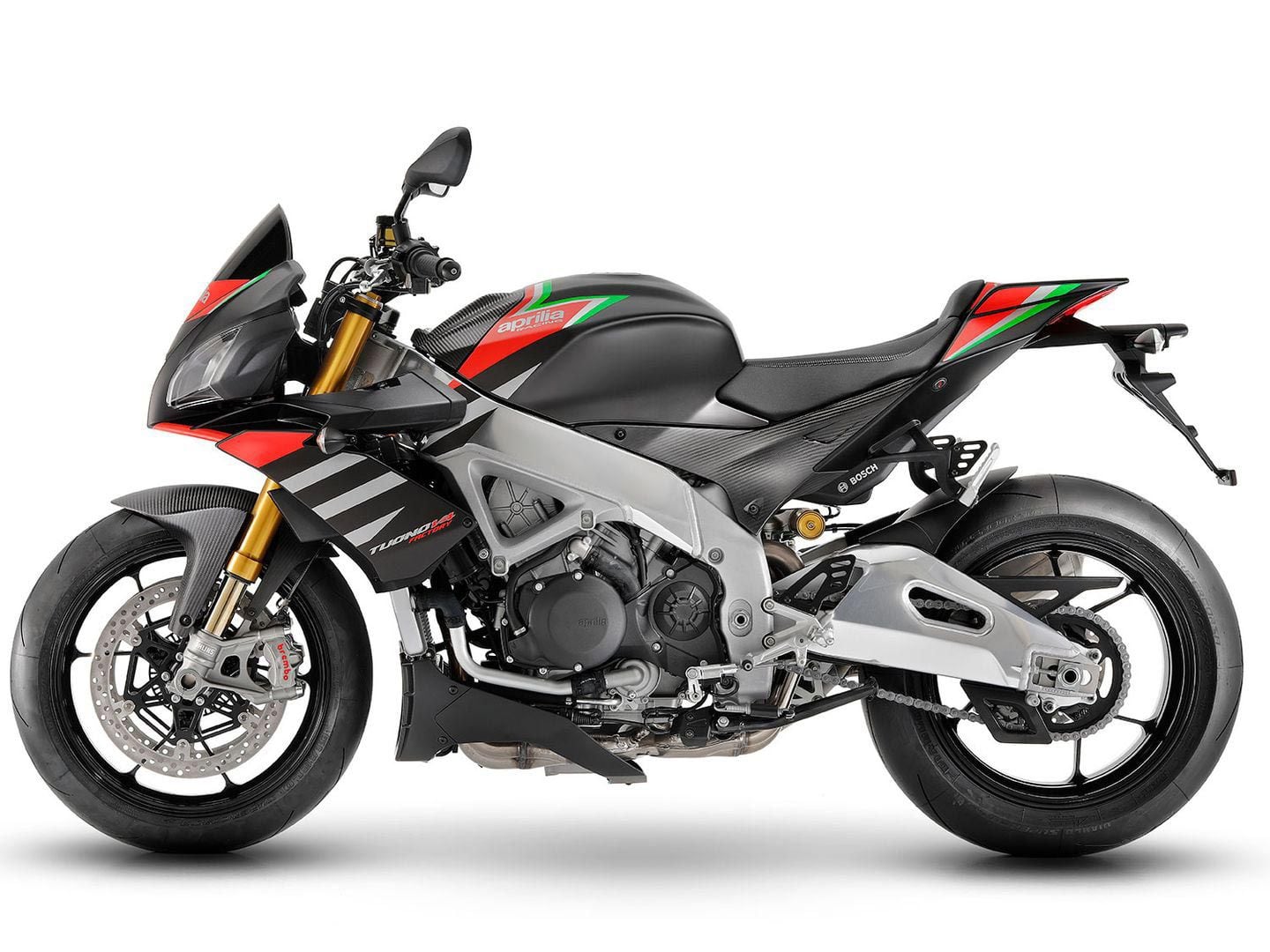
 |
|
|
#1 |
|
All the news that's fit to excerpt
Name: newsie
Location: who knows?
Join Date: Jun 2008 Motorcycle(s): only digital replicas Posts: Too much.
|
[cycleworld.com] - Aircraft, Race-Car, and Motorcycle Chassis
The quest for lighter, stronger chassis structures crosses many disciplines.
Click here to view on their site.  Kevin Cameron has been writing about motorcycles for nearly 50 years, first for Cycle magazine and, since 1992, for Cycle World. (Robert Martin/)We know that today’s dominant form of motorcycle chassis, the twin aluminum spar type, originated in about 1982 as Spaniard Antonio Cobas looked for a next step beyond the triangulated multi-steel-tube motorcycle chassis he and others had been building. Having studied engineering, he knew that a tube’s stiffness strongly depends on its diameter. Double the diameter of a tube while maintaining constant wall thickness; the tube’s weight doubles, but you increase its stiffness by up to 16 times. During WWII (1939-1945), aircraft structures were in the middle of a transition. Britain’s Hawker Hurricane fighter, which carried most of the burden of the Battle of Britain, had a fuselage constructed from precisely joined multiple steel tubes. The wing of the US Boeing B-17 bomber, designed in 1935, derived its strength from a riveted multi-element truss, closely resembling a bridge. Monocoque Chassis Structures Later aircraft fuselages, however, were designed as thin-walled aluminum tubes or boxes of very large diameter, taking advantage of the diameter effect described above. Fuselages were made in “monocoque” style, with the metal skin itself carrying the stress, reinforced inside by formers and stringers to prevent local buckling. When you travel in commercial aircraft today, you are riding in such a tube. As described in Ian Bamsey’s book Lotus 25—The Monocoque Revolution, Englishman Colin Chapman believed steel-tube space-frame race-car chassis had come as far as they could at the time of his 1961 Lotus 24. In 1959 Jack Brabham drove a rear-engined tubular space-frame Cooper to the F1 championship, and Maserati was designing its zillion-tube “Birdcage” chassis for its Tipo 61 racing sports car. Although such chassis were an advance over the flexing, chattering ladder frames of the previous era, designers were now acutely aware of a new need for chassis torsional stiffness; the arrival of all-independent suspension, replacing antiquities such as solid axles, de Dion tubes, and so on. Modern suspension had become systems of levers cantilevered out from the chassis, and in order for them to do all the flexing, the chassis had to get out of the flex business. That need had everyone building torsion fixtures in which they could measure the stiffness of chassis in terms of pound-feet per degree of twist. The less the chassis twisted as a wheel hit a bump, the closer the suspension could come to managing that bump 100 percent.  Maserati’s Tipo 61 Birdcage. (Maserati/)As a result of those measurements, Chapman knew someone would soon take the next step: aircraft-style large-tube or box structures of thin sheet metal, which could be made both stiffer and lighter than multi-tube chassis. The question was, how best to do this? As noted in Bamsey’s book, cutting a hole in such a tube for the driver’s position defeated the whole exercise. The Torque-Box Solution When, years later, I was able to stand under a Boeing B-29 bomber’s open bomb bays, I could see how aviation practice dealt with the problem of carrying stress around an opening in the structure. There, on each side of the bomb bays, was a long riveted sheet-metal torque box. Chapman did something similar in designing his Lotus 25: A pair of riveted torque boxes, spaced sufficiently apart to provide room for the driver between, were joined to each other by front and rear bulkheads, with the engine cantilevered out to the rear as a chassis member. This was the beginning of today’s “tub” race-car chassis, although the material has changed from riveted sheet aluminum to carbon fiber. After 1972, steel-tube motorcycle chassis had been forced to evolve quickly to cope with three changes:
Several constructors tried aircraft sheet-metal structures. In 1969, OSSA won three 250 GPs with a welded light-alloy monocoque; in 1969-1972 Eric Offenstadt built 500 and 750 welded-aluminum monocoques; and in 1980-’82 Kawasaki fielded their aluminum box-beam KR500 two-stroke GP bike. Cobas’ Answer Cobas chose another way, analogous to the twin box beams of Chapman’s Lotus 25 chassis, and to Boeing’s approach to passing stress around large fuselage openings. From a common point at the steering head, two welded, rectangular-section box beams diverged, then passed aft in parallel, as directly as possible to the swingarm pivot behind the engine, where they were joined by crossmembers. This provided good engine access and an improved stiffness-to-weight ratio.  Twin-beam aluminum frames began to appear in the late 1980s on production motorcycles and are still in use to this day thanks to an excellent stiness-to-weight ratio and easy engine access. (Aprilia/)That left the problem of vibration and its ability to fatigue and crack aluminum, particularly when welded. When the Japanese stopped or greatly reduced vibration at its source, the engine, they realized the great value of what Cobas had created. Production twin-beam aluminum chassis began to appear in motorcycle showrooms in the late 1980s, and are still with us today.
__________________________________________________
I'm a bot. I don't need no stinkin' signature... |
|
|

|
 |
 Similar Threads
Similar Threads
|
||||
| Thread | Thread Starter | Forum | Replies | Last Post |
| [motorcycle.com] - Grease Your Aircraft Catapult with Bel-Ray! | Ninjette Newsbot | Motorcycling News | 0 | January 11th, 2017 12:10 PM |
| [motorcycle.com] - KTM Announces New Race Car Project | Ninjette Newsbot | Motorcycling News | 0 | November 11th, 2014 11:10 AM |
| [roadracingworld.com] - Military Aircraft To Do Flyover Prior To Start Of MotoGP Race | Ninjette Newsbot | Motorcycling News | 0 | August 25th, 2011 02:10 AM |
| [motorcycle.com] - TTXGP moves electric car race | Ninjette Newsbot | Motorcycling News | 0 | March 11th, 2010 09:20 AM |
| [motorcycle.com] - Capirossi to compete in rally car race | Ninjette Newsbot | Motorcycling News | 0 | September 17th, 2008 07:18 PM |
|
|